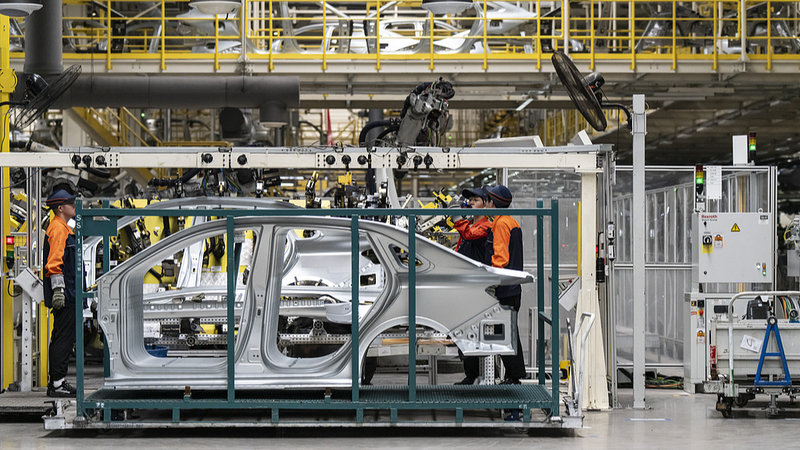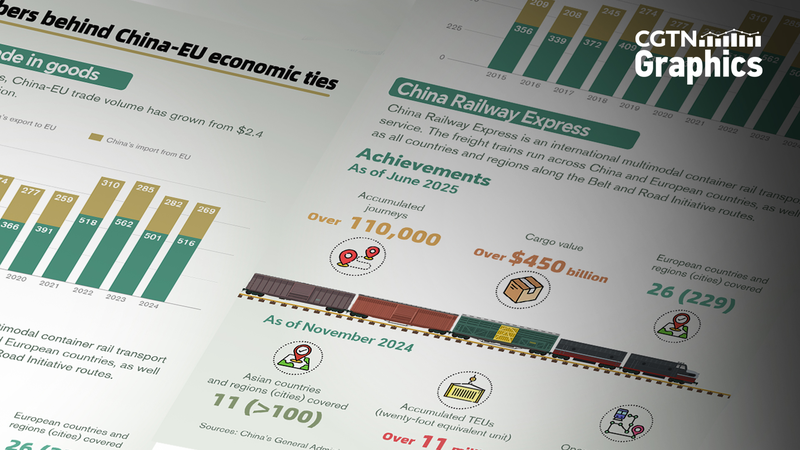As global tariffs shift trade routes and spur uncertainty, manufacturers on the Chinese mainland are rewriting the survival guide. In ateliers from Anhui to Guangdong, companies are patching supply chain gaps, balancing cost efficiency with security, and turning challenges into opportunities.
Case Study: Anhui's Auto Parts Workshops
In Anhui, small-scale auto parts workshops once hit by rising overseas duties have pivoted to high-value, low-volume components for electric vehicles. By adopting flexible production runs, some saw a 15% cut in lead times and opened new export channels across Southeast Asia.
Digital Footwear Factories in Zhejiang
Zhejiang's digital hubs are using 3D printing and IoT to customise orders for global brands. This shift slashed inventory risks by 20% and attracted partnerships in Europe and North America that value quick-turnaround, personalised sneakers.
Guangdong Bag Makers Go Local
Bag manufacturers in Guangdong are relocating closer to domestic and regional markets, reducing reliance on distant supply chains. By moving operations inland, some companies cut shipping costs by 25% while speeding up delivery in emerging South Asian markets.
Together, these examples showcase an industrywide recalibration. Firms are embracing regional hubs, digital tech, and agile workflows—proving that in a world of shifting tariffs, resilience springs from a blend of efficiency and security. For global entrepreneurs, policymakers, and changemakers, the lesson is clear: adapt locally, think globally.
Reference(s):
The Tariff Survival Playbook: China's manufacturing reinvention
cgtn.com




